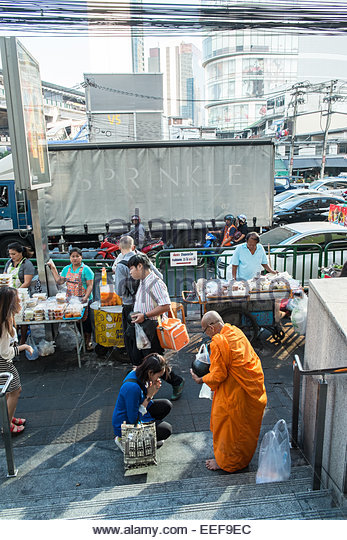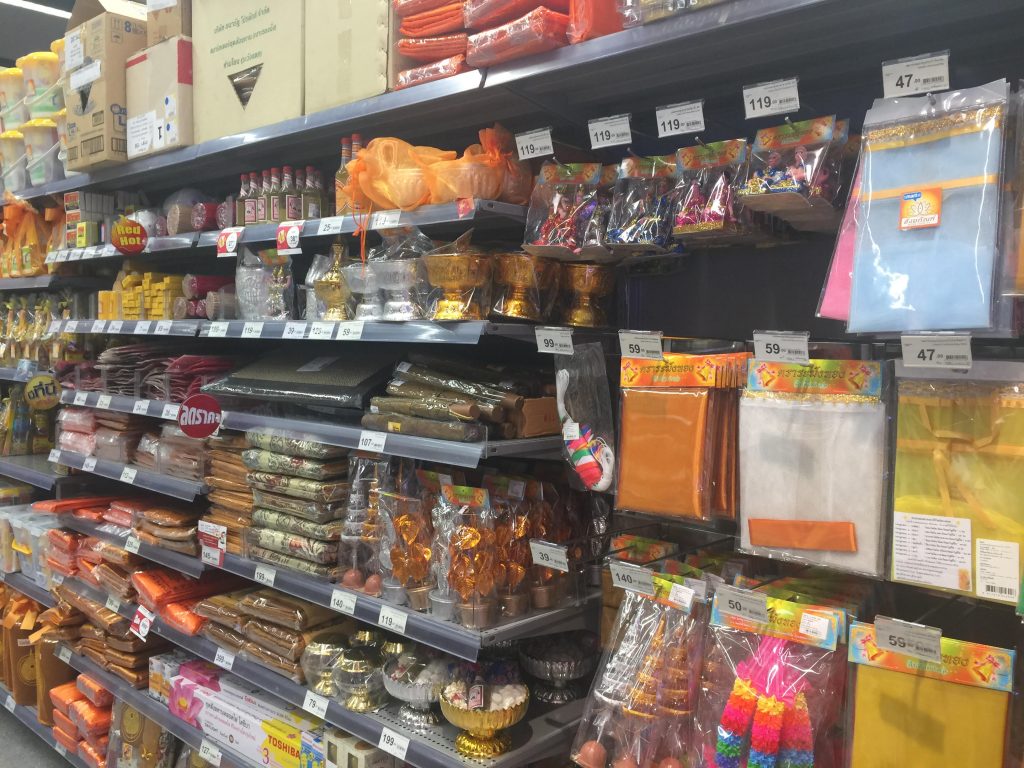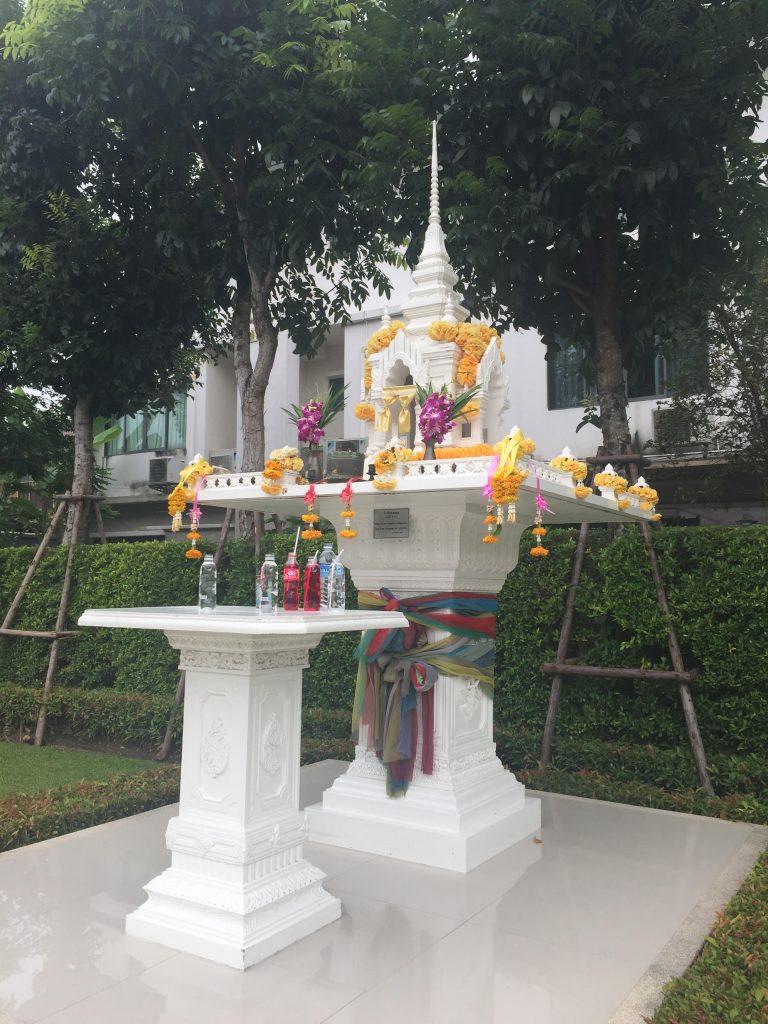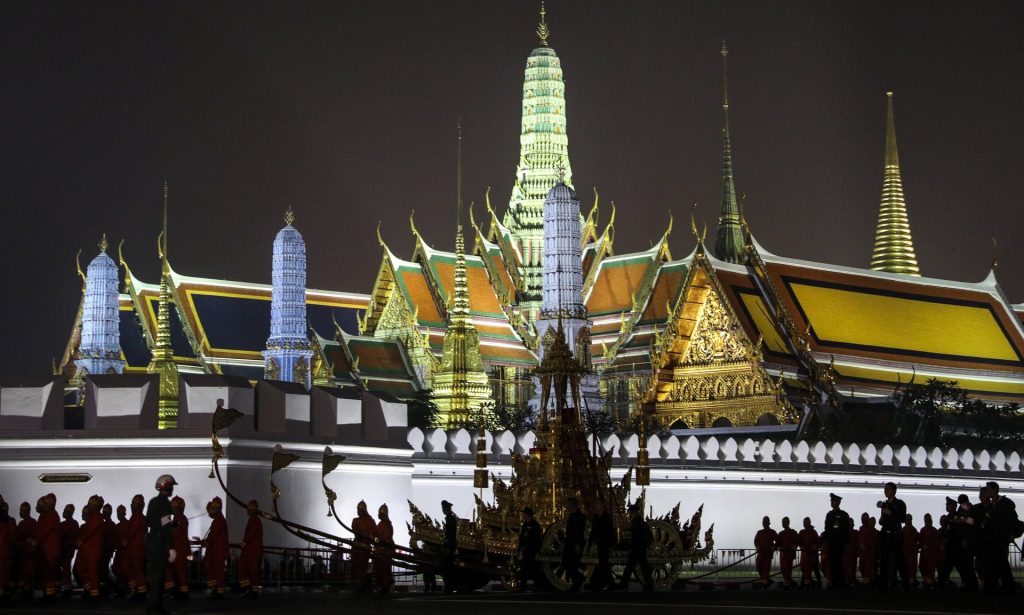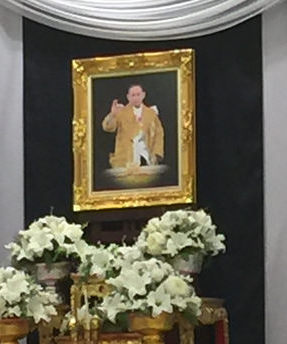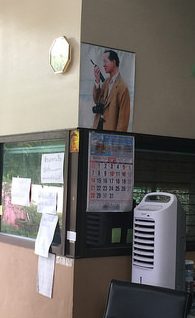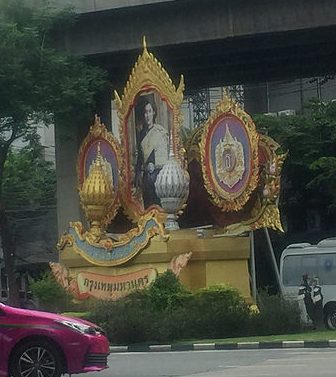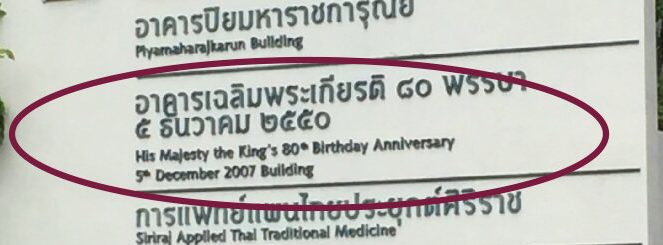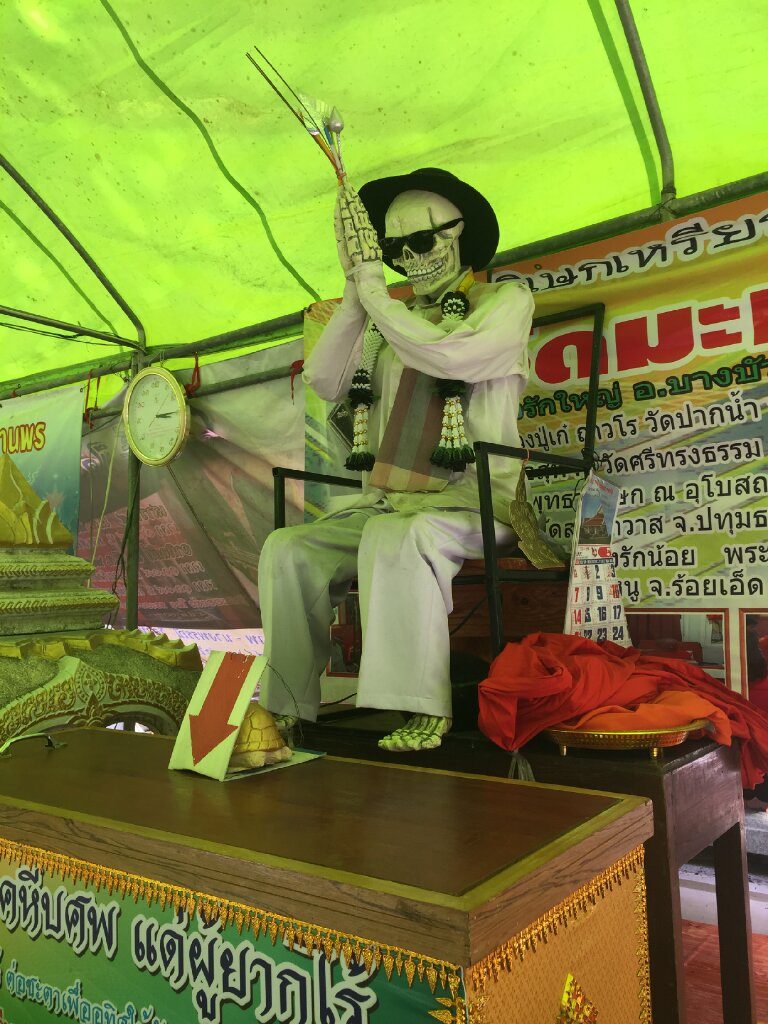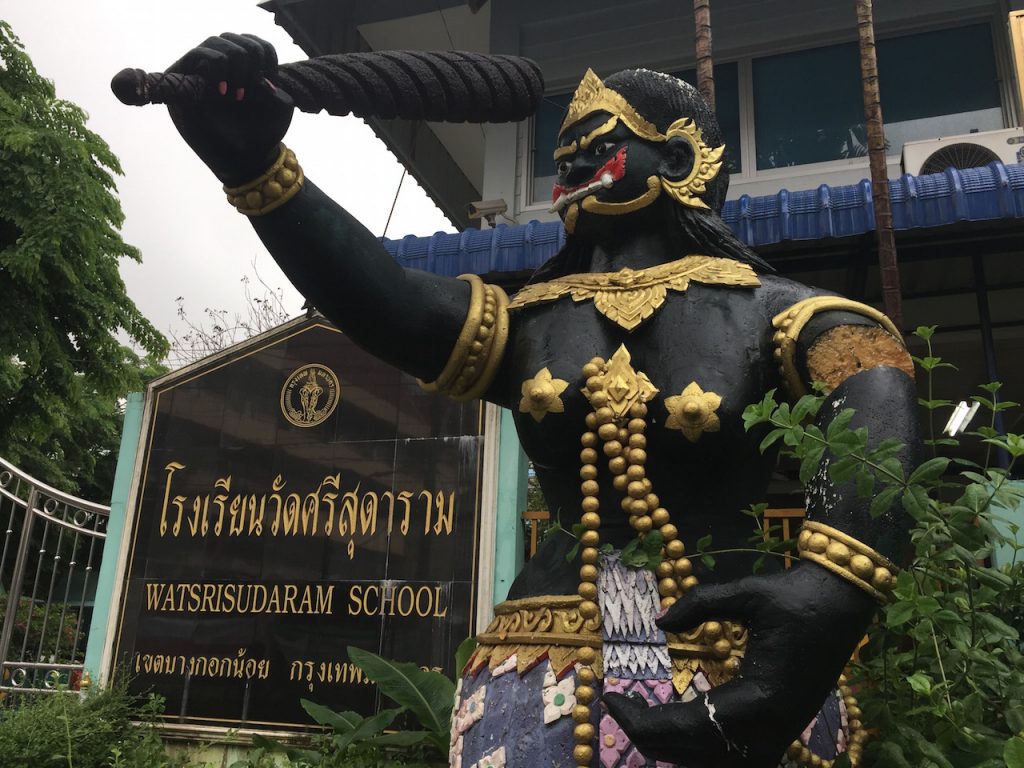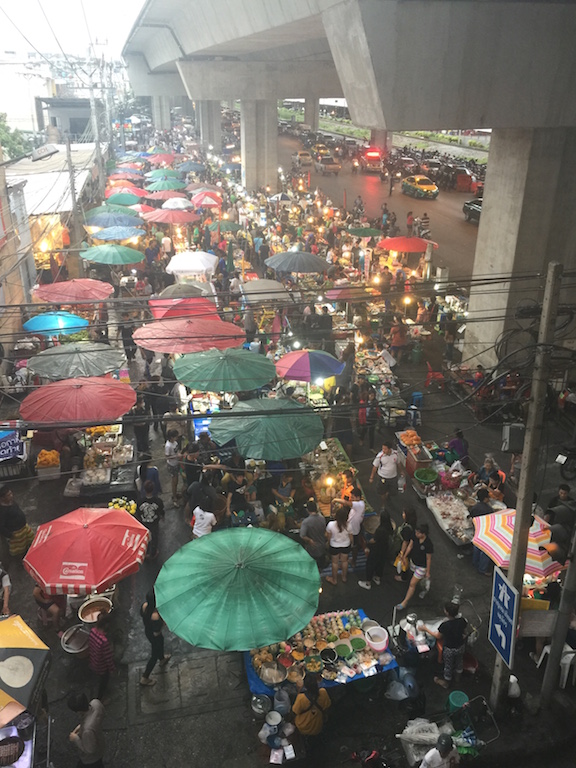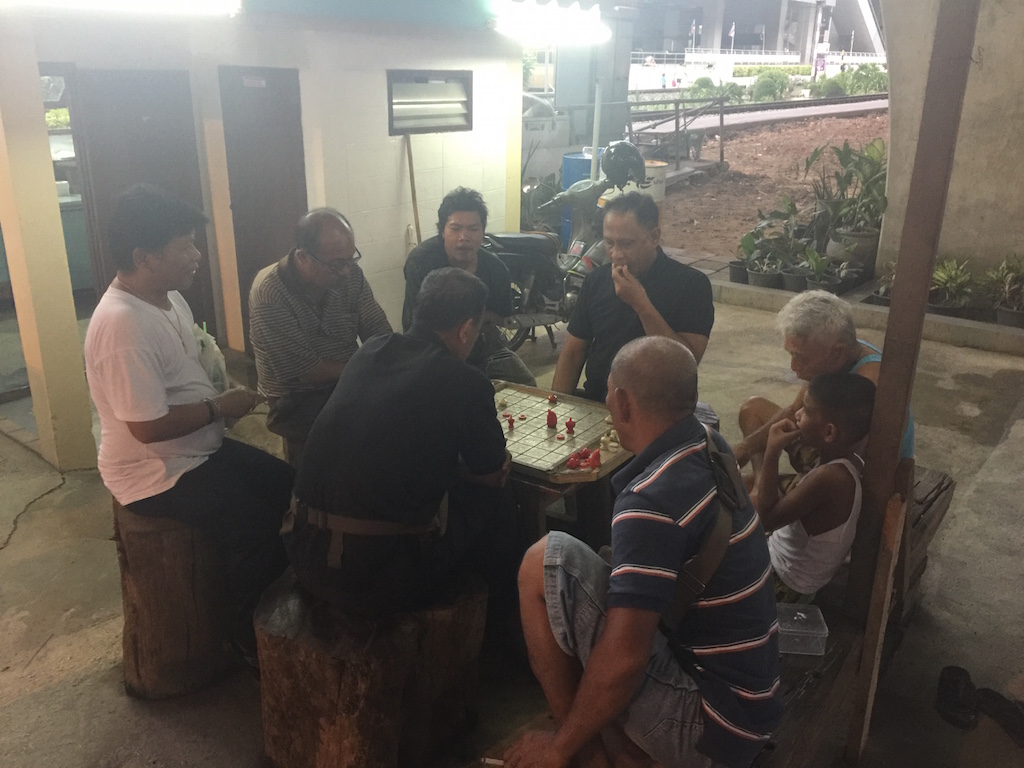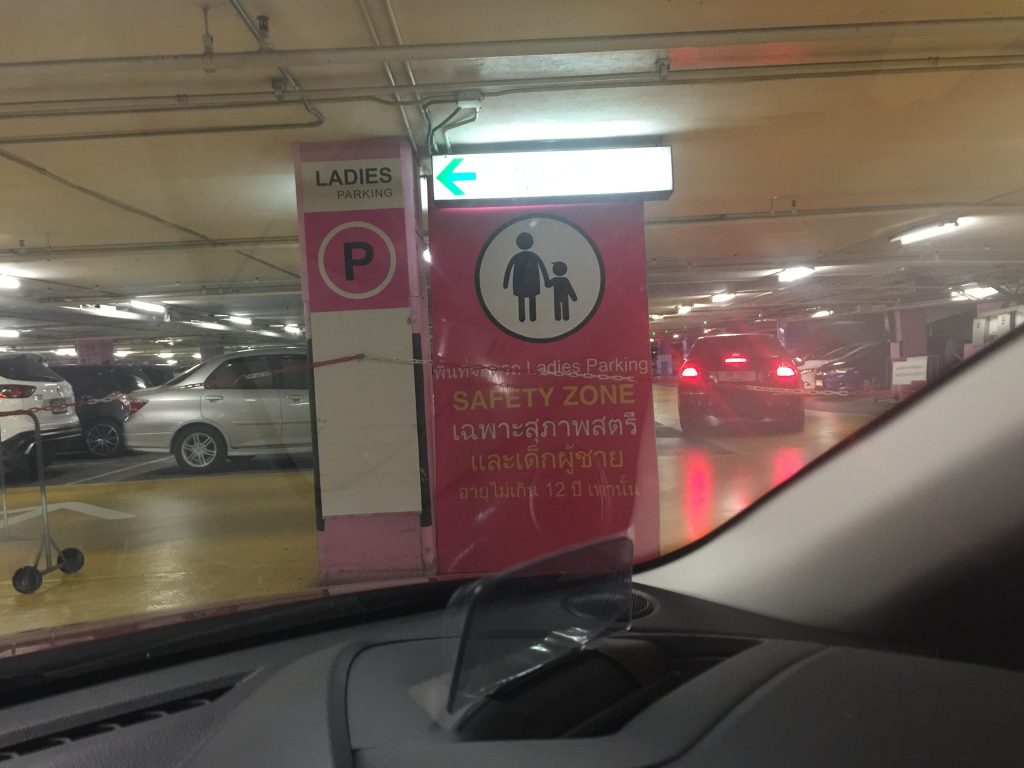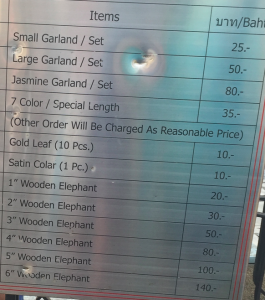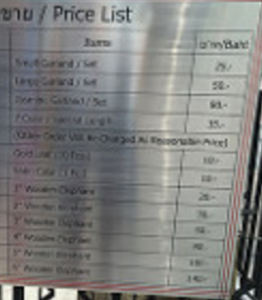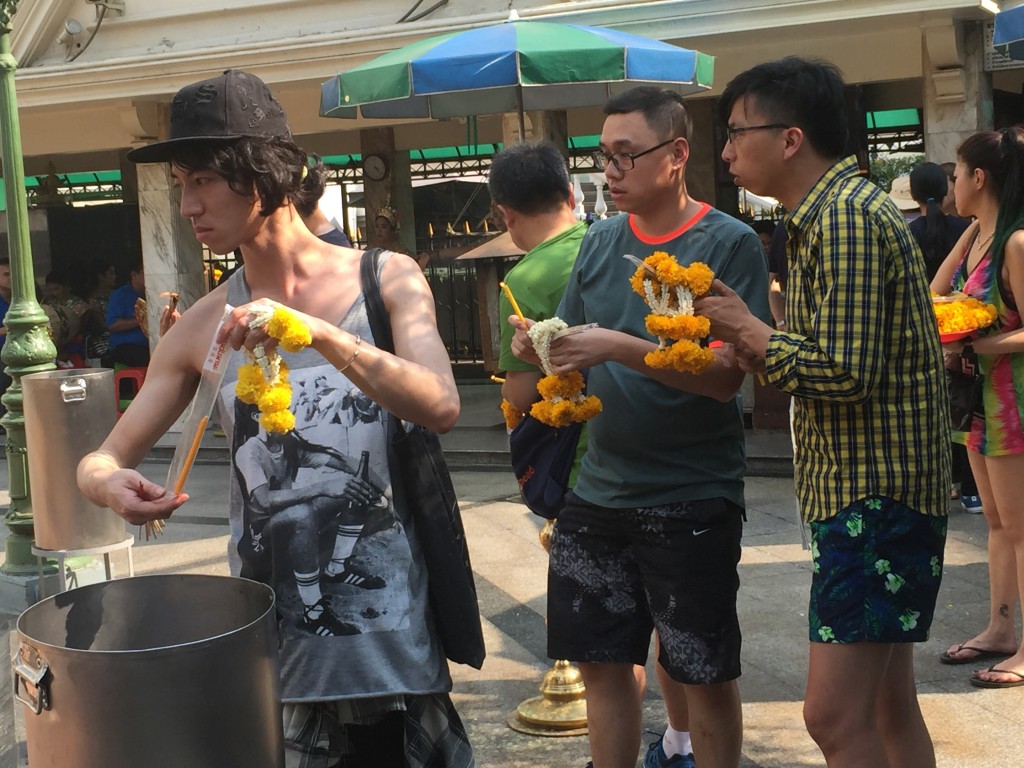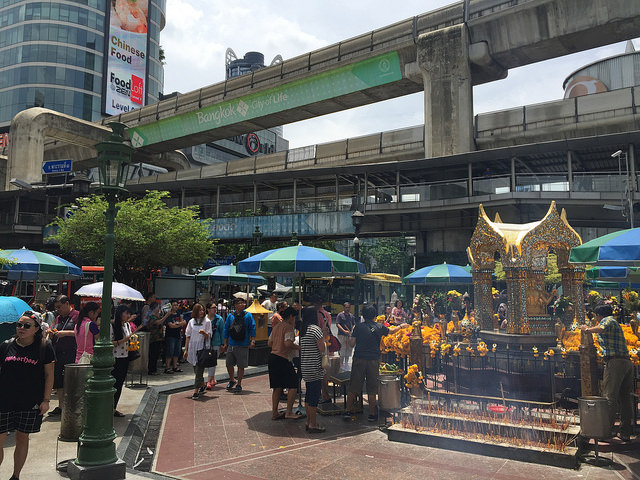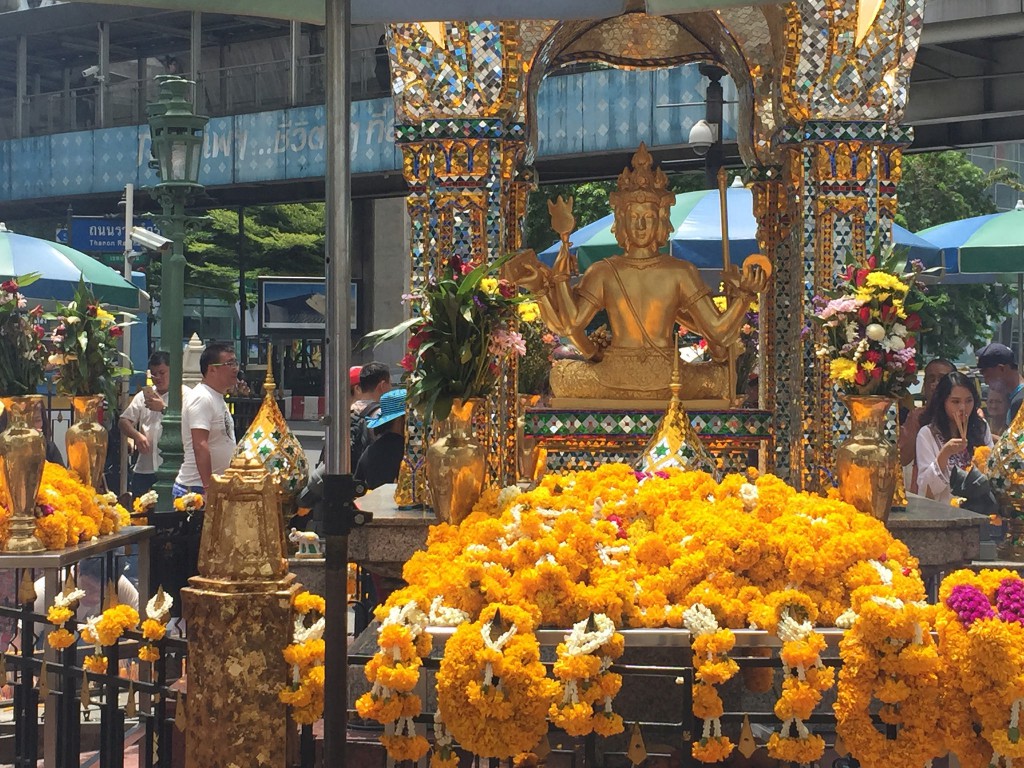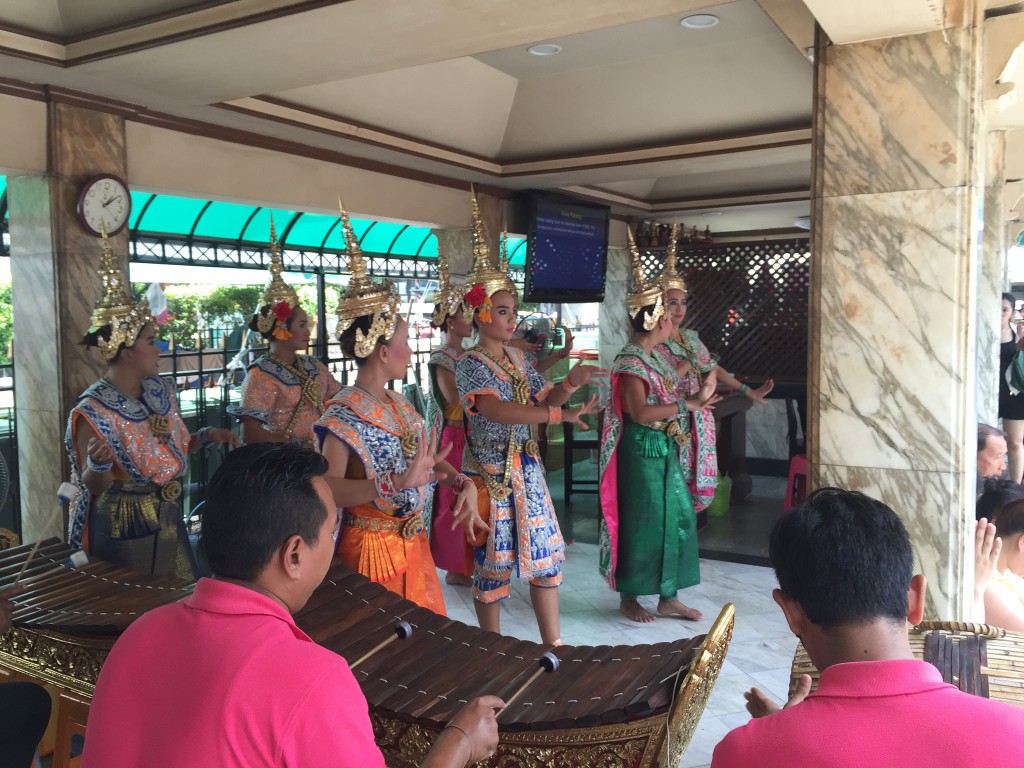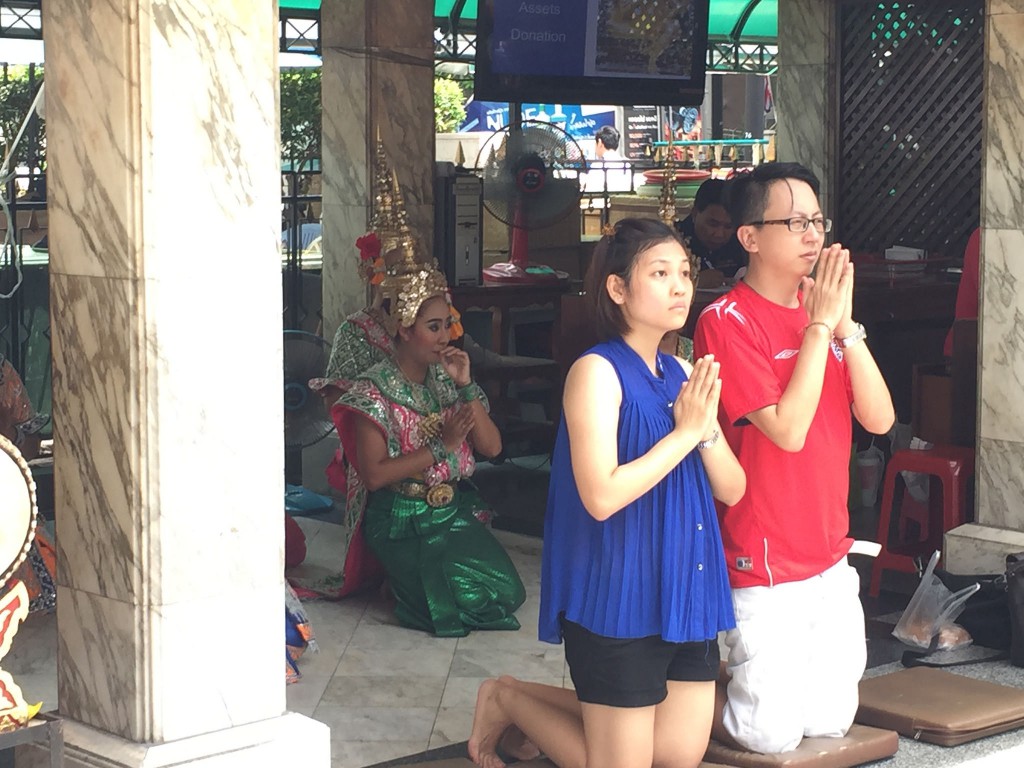My reviews of Russell Gmirkin’s Plato’s Timaeus and the Biblical Creation Accounts and Mike Duncan’s Rhetoric and the Synoptic Problem have to wait till I return home where I can work with something larger than a laptop screen. Till then, however, I must take the opportunity to catch up with where I left off with Thomas Witulski’s view that Revelation was written in the time of Hadrian and the Bar Kochba War. (I had expected to post more on current events while traveling overseas but in truth, I have found delving into the background of significant happenings today is too depressing. Biblical studies have become something of an emotional escape.)
Interlude: I had had an exhausting day trudging through streets and building complexes of Bangkok, with all the noise, the constant traffic on multi-lane highways, the crowds, the broken footpaths, moving and static lights on oversized public video screens, on poles, flashing on vehicles and shop fronts, the constant noise of traffic, of music blaring, of amplified sellers shouting (including a girl dressed to the nines shouting rapid fire into a microphone while balancing an oversized mock croissant on her head! — capitalism gone totally mad), . . . and all in the heat and humidity. . . . — and finally, at day’s end, returning to where I’m staying on the “outskirts” of the city (“outskirts” that still demand a 14 lane highway, seven each way, with constant traffic in all lanes, and train-line edifices and stations raised overhead) — returning home through in the softness of the night-time and down a side-lane passing scattered little food “shops” on one side and a frog-chirping swamp on the other, sitting on the back of a motorbike, no helmet, the cool air rushing over my face and through my hair, nothing but the soft purring of the motorbike and bell-like singing of frogs and gekhoes — it was a wonderful moment of relaxed freedom, leaving behind if only for a night the dirty concrete mass of the loud and busy city of rich (many in their long black cars and tinted windows) and poor (too often sleeping on the footpath). 10 baht; I gave the rider 20 and told him to keep the change. Bangkok might be a great tourist attraction but I would really hate to live and work here.

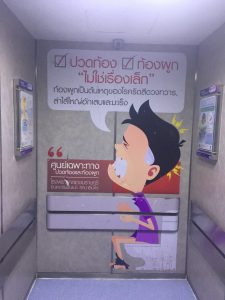

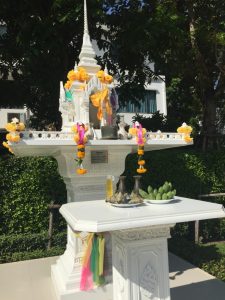

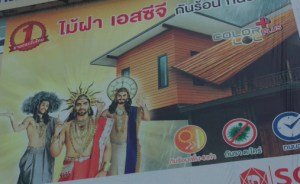
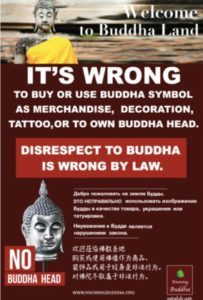
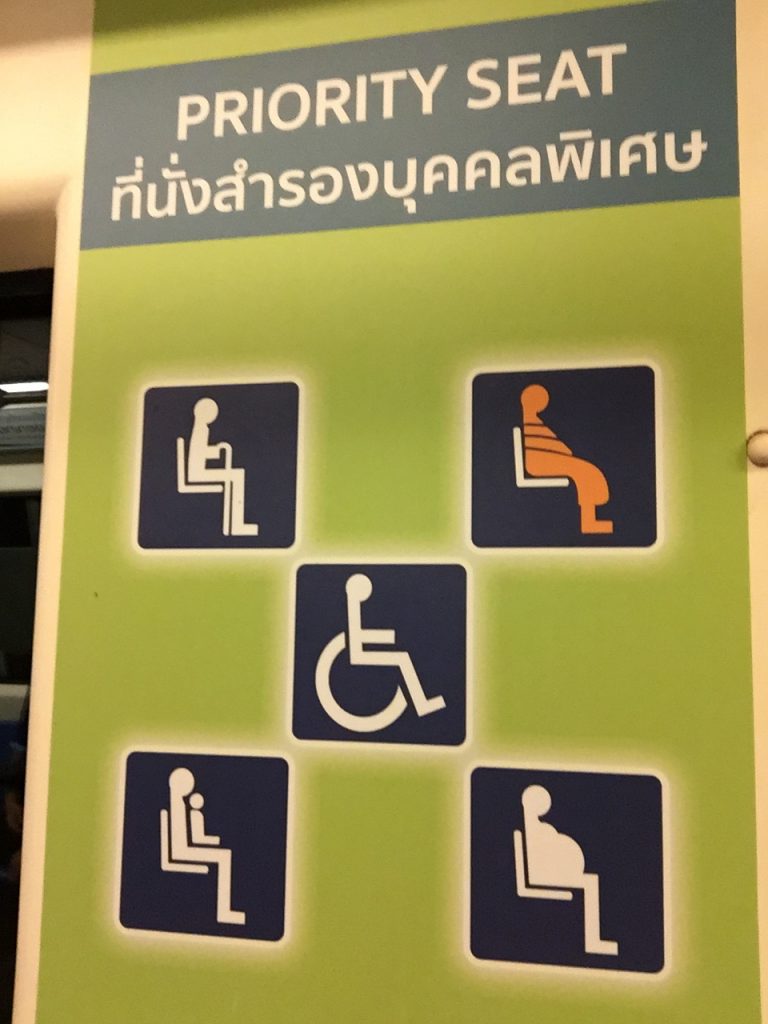
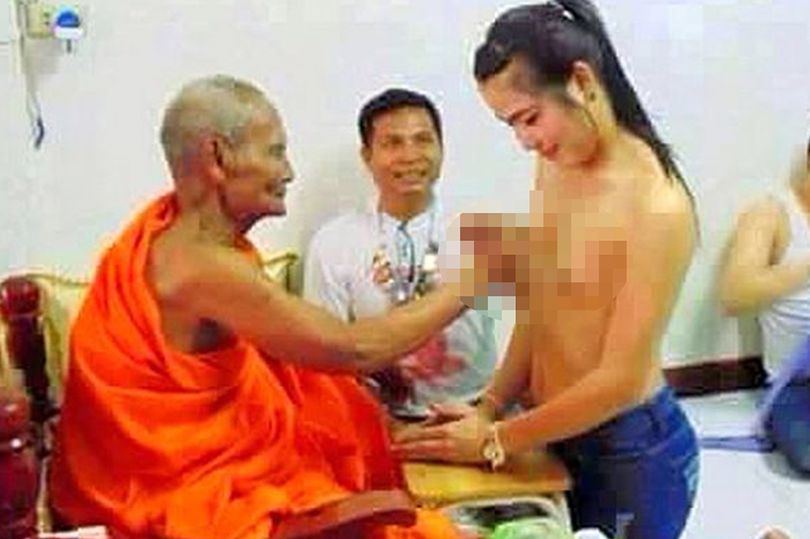 The monk normally places his hand on a man’s heart for the extra blessing but on a woman’s head for same; but this is a trans man undergoing hormone replacement treatment. As I alluded to earlier there seems to be a more easy acceptance of transgenders here in Thailand than one expects in Australia. (Nonetheless the above picture did cause a bit of a scandal even here.) Recollecting The Federalist article I spoke about earlier, I should add that there is nothing unusual about seeing a prostitute taking a few moments out to offer prayers and offerings at a shrine or temple. No-one there to respond with a command, “Go, and sin no more!”
The monk normally places his hand on a man’s heart for the extra blessing but on a woman’s head for same; but this is a trans man undergoing hormone replacement treatment. As I alluded to earlier there seems to be a more easy acceptance of transgenders here in Thailand than one expects in Australia. (Nonetheless the above picture did cause a bit of a scandal even here.) Recollecting The Federalist article I spoke about earlier, I should add that there is nothing unusual about seeing a prostitute taking a few moments out to offer prayers and offerings at a shrine or temple. No-one there to respond with a command, “Go, and sin no more!”